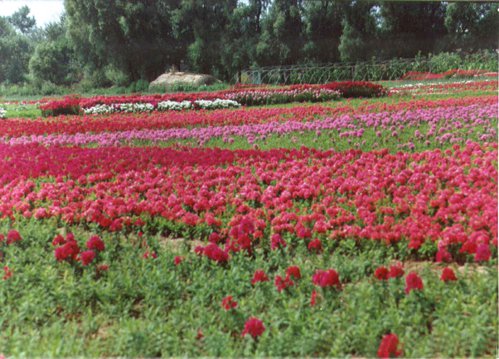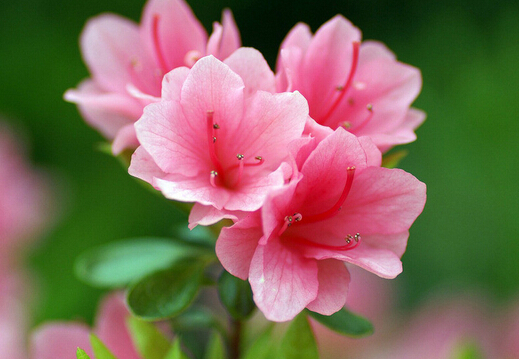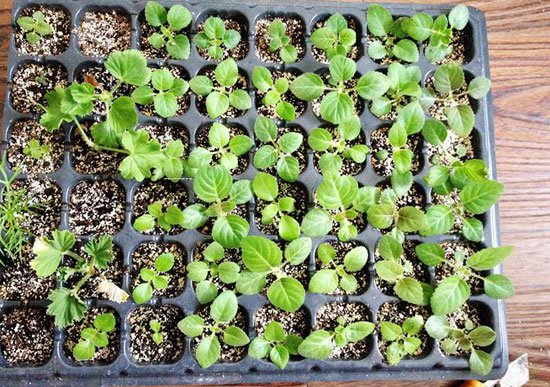Cultivation and maintenance process of perennial root flowers
Perennial flowers, also known as perennial herbaceous flowers, refers to the underground part of the plant after flowering, fruiting and wilting, the underground part forms a developed root, which can survive the winter in the open field. a kind of perennial herbaceous ornamental plants that sprout, grow, blossom and bear fruit again the following year, such as echinacea, falling bride, chrysanthemum, golden chrysanthemum, sea carnation, Icelandic Yumei, sedum, campanula, bluebell grass, sage and so on.

Flowering mechanism
Perennial flowers have different flowering mechanisms. Generally speaking, perennial flowers require photoperiod (sunshine length) or vernalization (low temperature), or both. Understanding the special flowering mechanism of perennial flowers is one of the most important factors affecting the success of perennial root commodity production.
Photoperiod perennial flowers often need photoperiod to stimulate flowering. Long-day plants need 14 hours or more sunshine to bloom; medium-sunshine plants bloom regardless of the length of sunshine, but some varieties blossom more in long sunshine; short-day plants need short sunshine, usually less than 12 hours. Long-day plants can stimulate flowering by artificial light in their unnatural flowering season. An easy way to artificially create long-day sunlight is to replenish light at night, adding four hours of light from 10:00 at night to 2 a.m. the next morning, using incandescent light of 50 to 100 lux. Supplementary light can sometimes cause plants to grow steeply, especially when incandescent light is used, so turn off the light source once a bud appears.
There are three key elements for successful vernalization, none of which are indispensable: plants preparing for vernalization must be fully mature; suitable low temperature should not be higher than 5 °C; and appropriate low temperature treatment time is generally 6 to 10 weeks.
Time: 2019-04-21 Click:
- Prev

How to maintain and manage potted rhododendron
Western rhododendron, also known as rhododendron, she has other names called Yingshanhong, Manhong, rhododendron, belongs to the rhododendron family, originated in the Yangtze River Basin in China, like cool, humid climate, avoid hot and dry. Let's introduce how to protect the potted azaleas. How to nourish mountain red
- Next

When will the paulownia be sown?
For paulownia sowing, many flower friends ask when it is appropriate to sow. In theory, it is best to sow in spring and autumn, but in practice, many flower friends are sowing all the year round, and they are all going smoothly. Now interfere with the temperature, humidity conditions are very good.
Related
- Fuxing push coffee new agricultural production and marketing class: lack of small-scale processing plants
- Jujube rice field leisure farm deep ploughing Yilan for five years to create a space for organic food and play
- Nongyu Farm-A trial of organic papaya for brave women with advanced technology
- Four points for attention in the prevention and control of diseases and insect pests of edible fungi
- How to add nutrient solution to Edible Fungi
- Is there any good way to control edible fungus mites?
- Open Inoculation Technology of Edible Fungi
- Is there any clever way to use fertilizer for edible fungus in winter?
- What agents are used to kill the pathogens of edible fungi in the mushroom shed?
- Rapid drying of Edible Fungi

